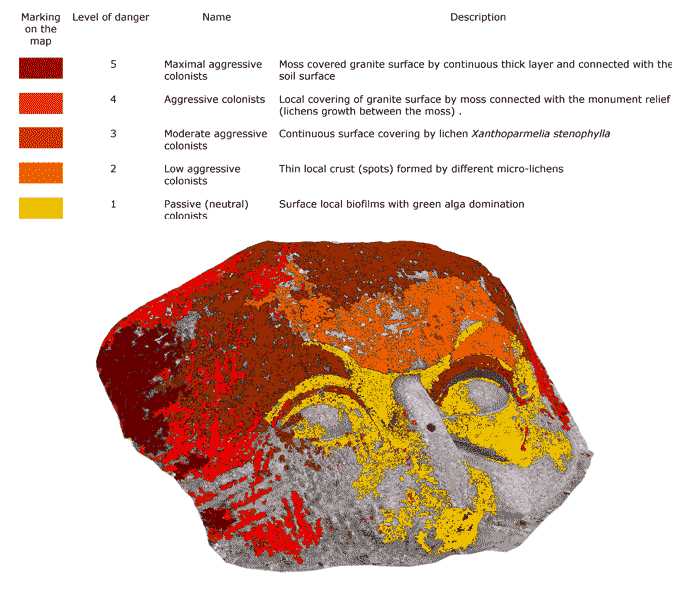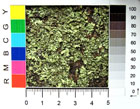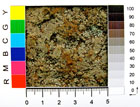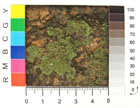Mapping
Maps of the monuments biological colonization
The majority of historical monuments which are placed on open air in various ecological conditions are covered by the different biological objects – bacteria, alga, fungi, moss and seed plants. The biofouling of the monument surface can be reason of the monument destruction. On the other hand biofouling of the old rock historical monuments emphasizes the antiquity of these monuments and reflects the long-term biological colonization processes.
Despite of the certain successes in research of historical objects biodamages there is not yet technique of fixing and mapping the monument surface covered by the different biological colonists. It can be possible with the CONSOLIDATOR-BIO technology.
The creation of the biofouling maps includes the following stages:
- 3D - scanning of a monument (volumetric image of object);
- Detailed digital photofixing of the various biofouling forms on a monument surface;
- Exact identification of the basic biofouling types, analysis of their allocation on the monument surface;
- Creation of the biofouling map with use of computer technology CONSOLIDATOR-BIO.
Maps of the monuments biological danger (aggressiveness)
All members of biological community occupying a monument surface have a different degree of biological activity. They have different degree of interaction with the rock monument surface. Some of them can be very dangerous and aggressive in relation to the rock substrate. They can destroy the surface level of the monument due to chemical and physical impact. They can change the mineral structure and color characteristics of the substrate. Such biodestructors can represent the greatest danger for the monument. Other biological objects on the monument surface practically do not destroy a rock material. They have a lower aggressive degree. All members of the lithibiotic community interact with each other. Zones of such interactions can exert the specific influence on the rock surface. So we can try to mark out the different levels of biological objects aggressive on the monument surface and place them in the biofouling map using the computer technology CONSOLIDATOR-BIO. The creation of monuments biological danger (aggressiveness) maps has the very large importance for the real estimation of the monument state as well as for planning of conservation works.
Granite Head
Maps of the monuments biological colonizati
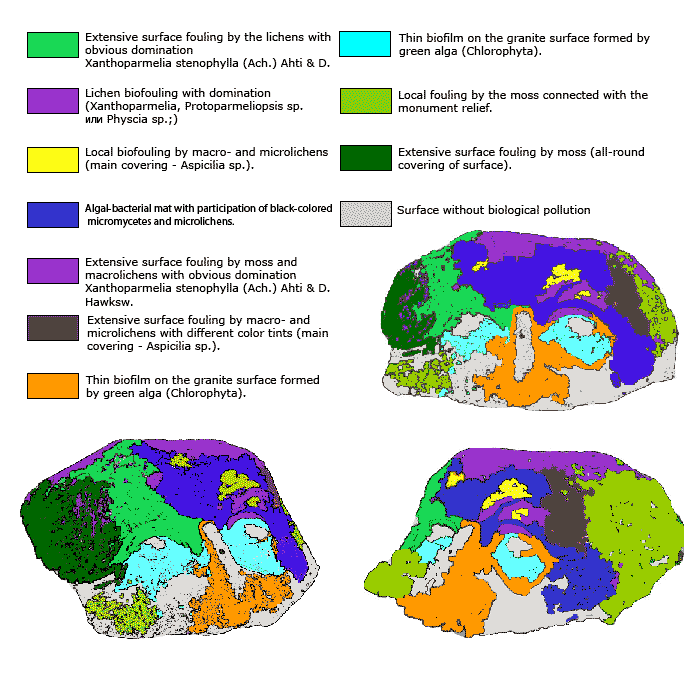
Maps of the monuments biological danger (aggressiveness)
